×
![]()
app3: Instance-to-Instance Comparison Results
| Type: | Instance |
| Submitter: | Emilie Danna |
| Description: | The archive contains 5 instances coming from 3 applications.app1 is interesting because the continuous variables (w) drive the model.Some solvers have numerical problems on app2 models: some solutions found violate the constraints by a small amount.app2 and app3 models are easy to solve. But they don't solve fast enough for the time limit I have in mind so I'd like to propose them for inclusion in MIPLIB. |
| MIPLIB Entry |
Parent Instance (app3)
All other instances below were be compared against this "query" instance.  |
 |
 |
 |
 |
 |
|
Raw
This is the CCM image before the decomposition procedure has been applied.
|
Decomposed
This is the CCM image after a decomposition procedure has been applied. This is the image used by the MIC's image-based comparisons for this query instance.
|
Composite of MIC Top 5
Composite of the five decomposed CCM images from the MIC Top 5.
|
Composite of MIPLIB Top 5
Composite of the five decomposed CCM images from the MIPLIB Top 5.
|
Model Group Composite Image
Composite of the decomposed CCM images for every instance in the same model group as this query.
|
MIC Top 5 Instances
These are the 5 decomposed CCM images that are most similar to decomposed CCM image for the the query instance, according to the ISS metric.  |
Decomposed
These decomposed images were created by GCG.
|
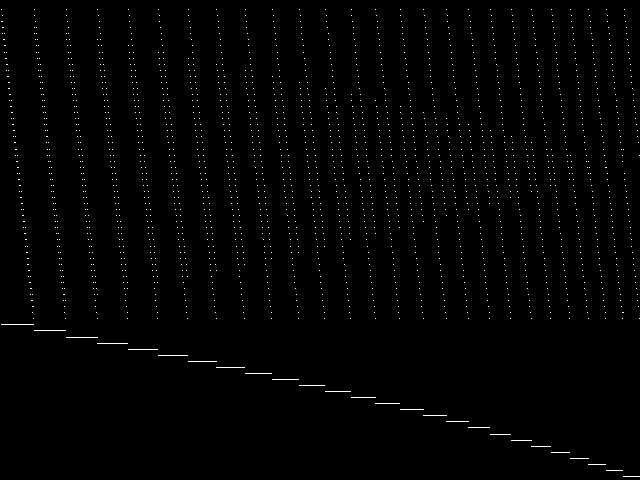 |
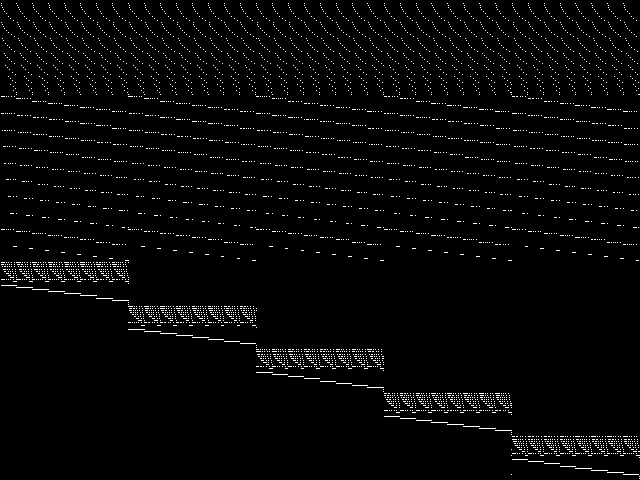 |
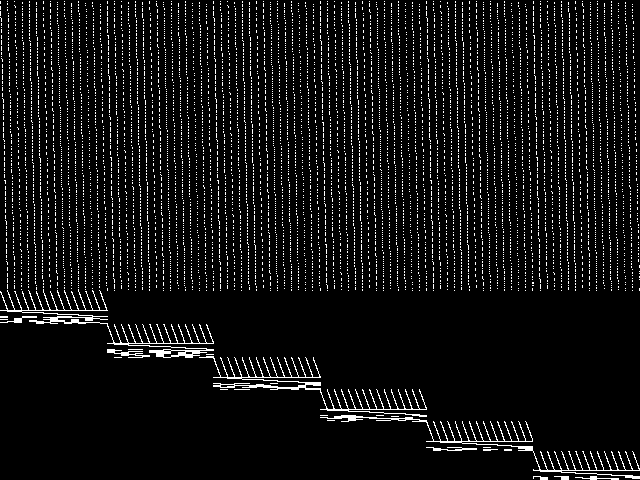 |
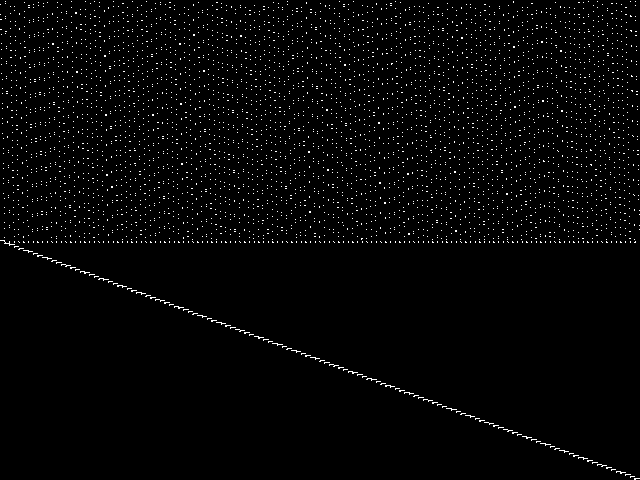 |
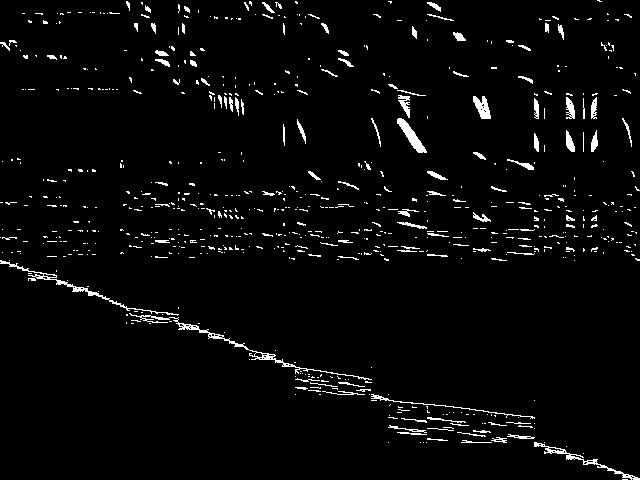 |
| Name | ponderthis0517-inf [MIPLIB] | 10teams [MIPLIB] | neos-1599274 [MIPLIB] | ger50-17-ptp-pop-6t [MIPLIB] | mzzv42z [MIPLIB] | |
|
Rank / ISS
The image-based structural similarity (ISS) metric measures the Euclidean distance between the image-based feature vectors for the query instance and all other instances. A smaller ISS value indicates greater similarity.
|
1 / 1.033 | 2 / 1.035 | 3 / 1.055 | 4 / 1.064 | 5 / 1.178 | |
|
Raw
These images represent the CCM images in their raw forms (before any decomposition was applied) for the MIC top 5.
|
 |
 |
 |
 |
 |
MIPLIB Top 5 Instances
These are the 5 instances that are most closely related to the query instance, according to the instance statistic-based similarity measure employed by MIPLIB 2017  |
Decomposed
These decomposed images were created by GCG.
|
 |
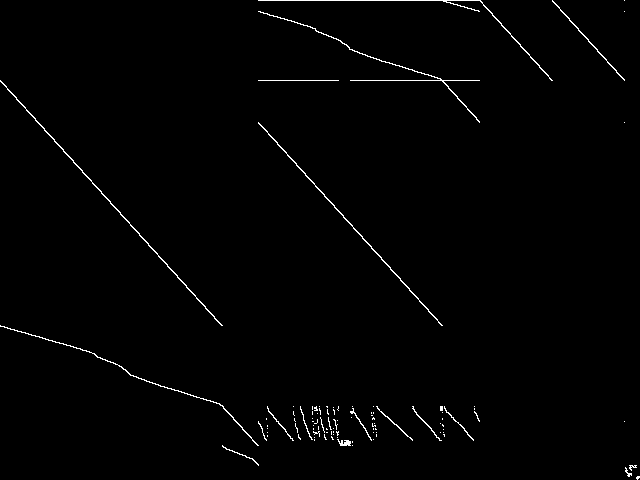 |
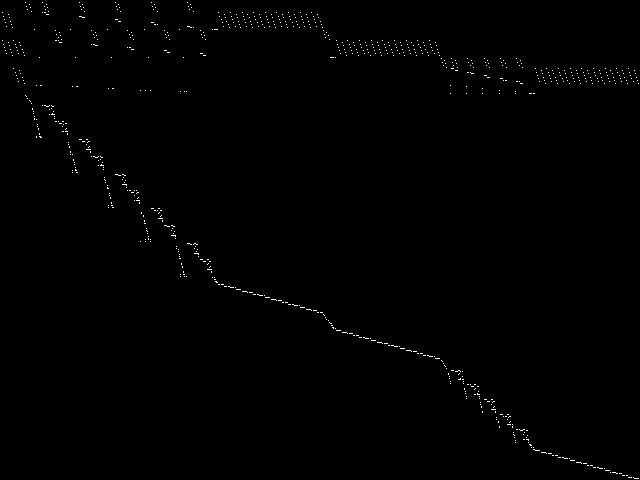 |
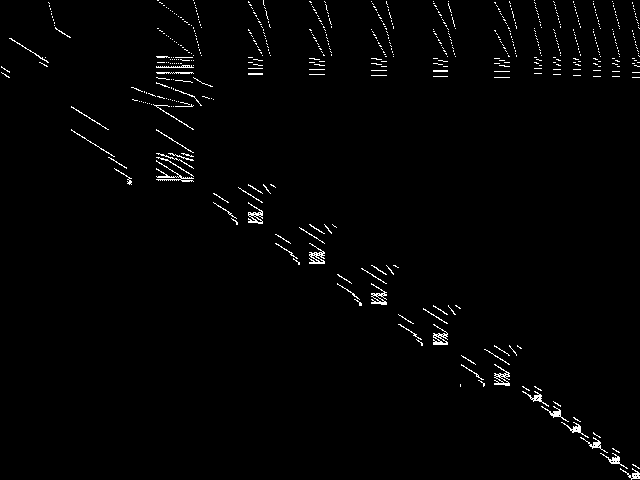 |
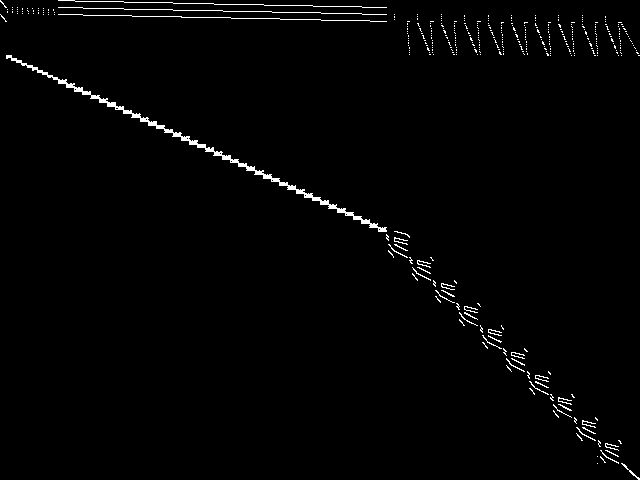 |
| Name | khb05250 [MIPLIB] | bmoipr2 [MIPLIB] | dcmulti [MIPLIB] | neos-4954672-berkel [MIPLIB] | neos-3762025-ognon [MIPLIB] | |
|
Rank / ISS
The image-based structural similarity (ISS) metric measures the Euclidean distance between the image-based feature vectors for the query instance and all model groups. A smaller ISS value indicates greater similarity.
|
62 / 1.484 | 267 / 1.770 | 347 / 1.824 | 543 / 1.933 | 675 / 1.991 | |
|
Raw
These images represent the CCM images in their raw forms (before any decomposition was applied) for the MIPLIB top 5.
|
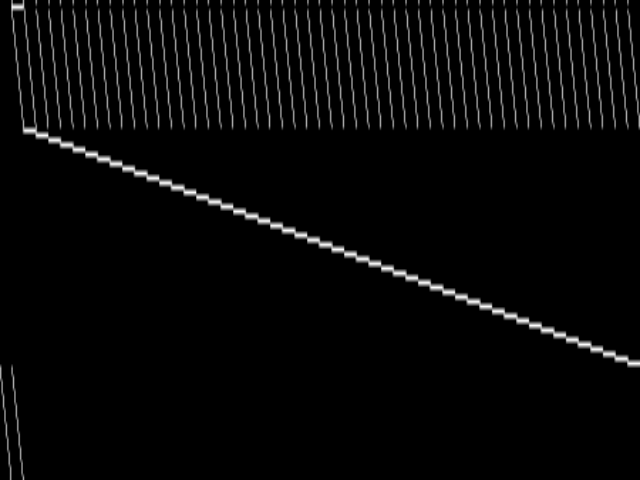 |
 |
 |
 |
 |
Instance Summary
The table below contains summary information for app3, the five most similar instances to app3 according to the MIC, and the five most similar instances to app3 according to MIPLIB 2017.
| INSTANCE | SUBMITTER | DESCRIPTION | ISS | RANK | |
|---|---|---|---|---|---|
| Parent Instance | app3 [MIPLIB] | Emilie Danna | The archive contains 5 instances coming from 3 applications.app1 is interesting because the continuous variables (w) drive the model.Some solvers have numerical problems on app2 models: some solutions found violate the constraints by a small amount.app2 and app3 models are easy to solve. But they don't solve fast enough for the time limit I have in mind so I'd like to propose them for inclusion in MIPLIB. | 0.000000 | - |
| MIC Top 5 | ponderthis0517-inf [MIPLIB] | Rob Pratt | Infeasible version of IBM Ponder This problem (with 52 characters and no spaces) from May 2017: https://www.research.ibm.com/haifa/ponderthis/challenges/May2017.html | 1.033342 | 1 |
| 10teams [MIPLIB] | MIPLIB submission pool | Imported from the MIPLIB2010 submissions. | 1.035143 | 2 | |
| neos-1599274 [MIPLIB] | NEOS Server Submission | Imported from the MIPLIB2010 submissions. | 1.054786 | 3 | |
| ger50-17-ptp-pop-6t [MIPLIB] | C. Raack | Multi-layer network design problem using a link-flow formulation over a path-flow formulation. | 1.064011 | 4 | |
| mzzv42z [MIPLIB] | MIPLIB submission pool | Imported from the MIPLIB2010 submissions. | 1.177852 | 5 | |
| MIPLIB Top 5 | khb05250 [MIPLIB] | MIPLIB submission pool | Imported from the MIPLIB2010 submissions. | 1.483753 | 62 |
| bmoipr2 [MIPLIB] | Sean MacDermant | BMO IPR2 Logistics | 1.769540 | 267 | |
| dcmulti [MIPLIB] | MIPLIB submission pool | Imported from the MIPLIB2010 submissions. | 1.823699 | 347 | |
| neos-4954672-berkel [MIPLIB] | Jeff Linderoth | (None provided) | 1.933194 | 543 | |
| neos-3762025-ognon [MIPLIB] | Jeff Linderoth | (None provided) | 1.990773 | 675 |
app3: Instance-to-Model Comparison Results
| Model Group Assignment from MIPLIB: | app |
| Assigned Model Group Rank/ISS in the MIC: | 8 / 1.719 |
MIC Top 5 Model Groups
These are the 5 model group composite (MGC) images that are most similar to the decomposed CCM image for the query instance, according to the ISS metric.  |
These are model group composite (MGC) images for the MIC top 5 model groups.
|
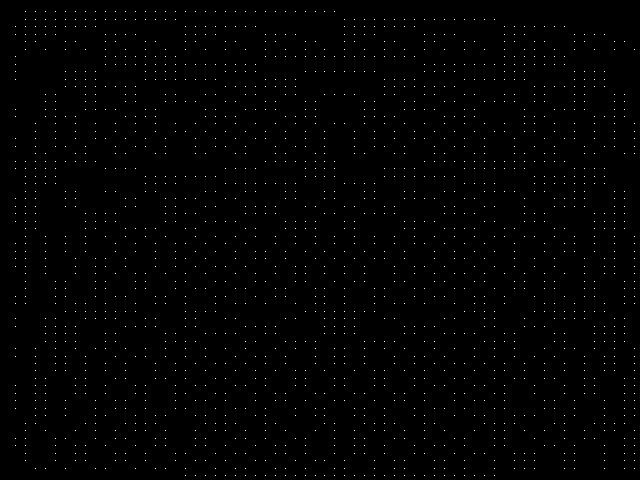 |
 |
 |
 |
 |
| Name | neos-pseudoapplication-21 | scp | stein | generated | markshare | |
|
Rank / ISS
The image-based structural similarity (ISS) metric measures the Euclidean distance between the image-based feature vectors for the query instance and all other instances. A smaller ISS value indicates greater similarity.
|
1 / 1.392 | 2 / 1.402 | 3 / 1.569 | 4 / 1.598 | 5 / 1.627 |
Model Group Summary
The table below contains summary information for the five most similar model groups to app3 according to the MIC.
| MODEL GROUP | SUBMITTER | DESCRIPTION | ISS | RANK | |
|---|---|---|---|---|---|
| MIC Top 5 | neos-pseudoapplication-21 | NEOS Server Submission | Imported from the MIPLIB2010 submissions. | 1.392112 | 1 |
| scp | Shunji Umetani | This is a random test model generator for SCP using the scheme of the following paper, namely the column cost c[j] are integer randomly generated from [1,100]; every column covers at least one row; and every row is covered by at least two columns. see reference: E. Balas and A. Ho, Set covering algorithms using cutting planes, heuristics, and subgradient optimization: A computational study, Mathematical Programming, 12 (1980), 37-60. We have newly generated Classes I-N with the following parameter values, where each class has five models. We have also generated reduced models by a standard pricing method in the following paper: S. Umetani and M. Yagiura, Relaxation heuristics for the set covering problem, Journal of the Operations Research Society of Japan, 50 (2007), 350-375. You can obtain the model generator program from the following web site. https://sites.google.com/site/shunjiumetani/benchmark | 1.401871 | 2 | |
| stein | MIPLIB submission pool | Imported from the MIPLIB2010 submissions. | 1.568543 | 3 | |
| generated | Simon Bowly | Randomly generated integer and binary programming models. These results are part of an early phase of work aimed at generating diverse and challenging MIP models for experimental testing. We have aimed to produce small integer and binary programming models which are reasonably difficult to solve and have varied structure, eliciting a range of behaviour in state of the art algorithms. | 1.597810 | 4 | |
| markshare | G. Cornuéjols, M. Dawande | Market sharing problem | 1.627171 | 5 |

